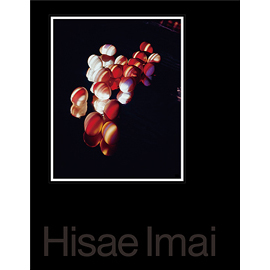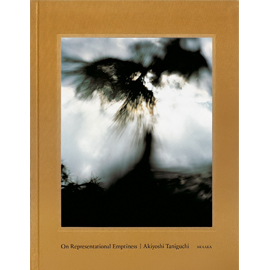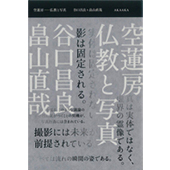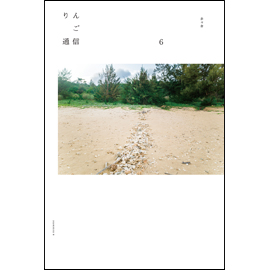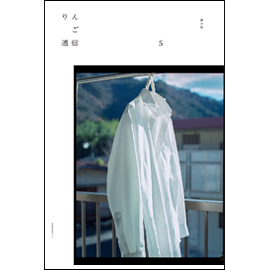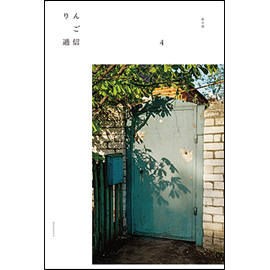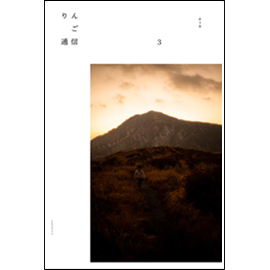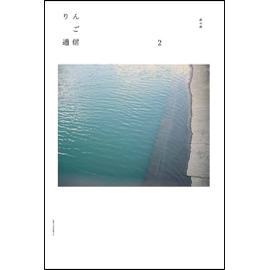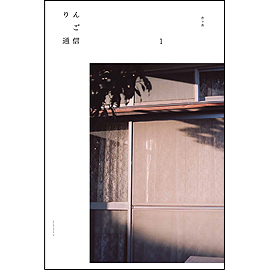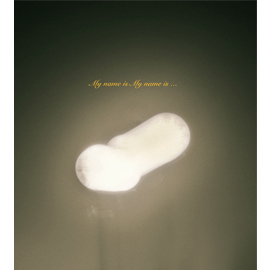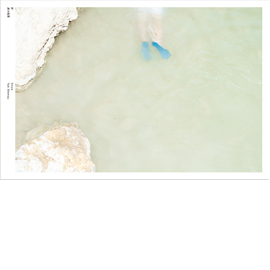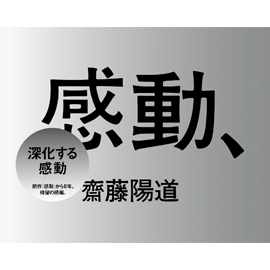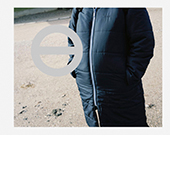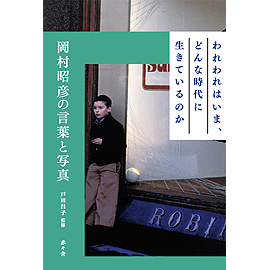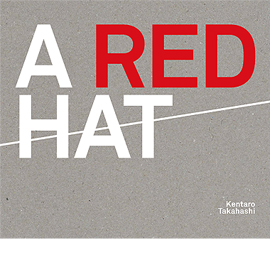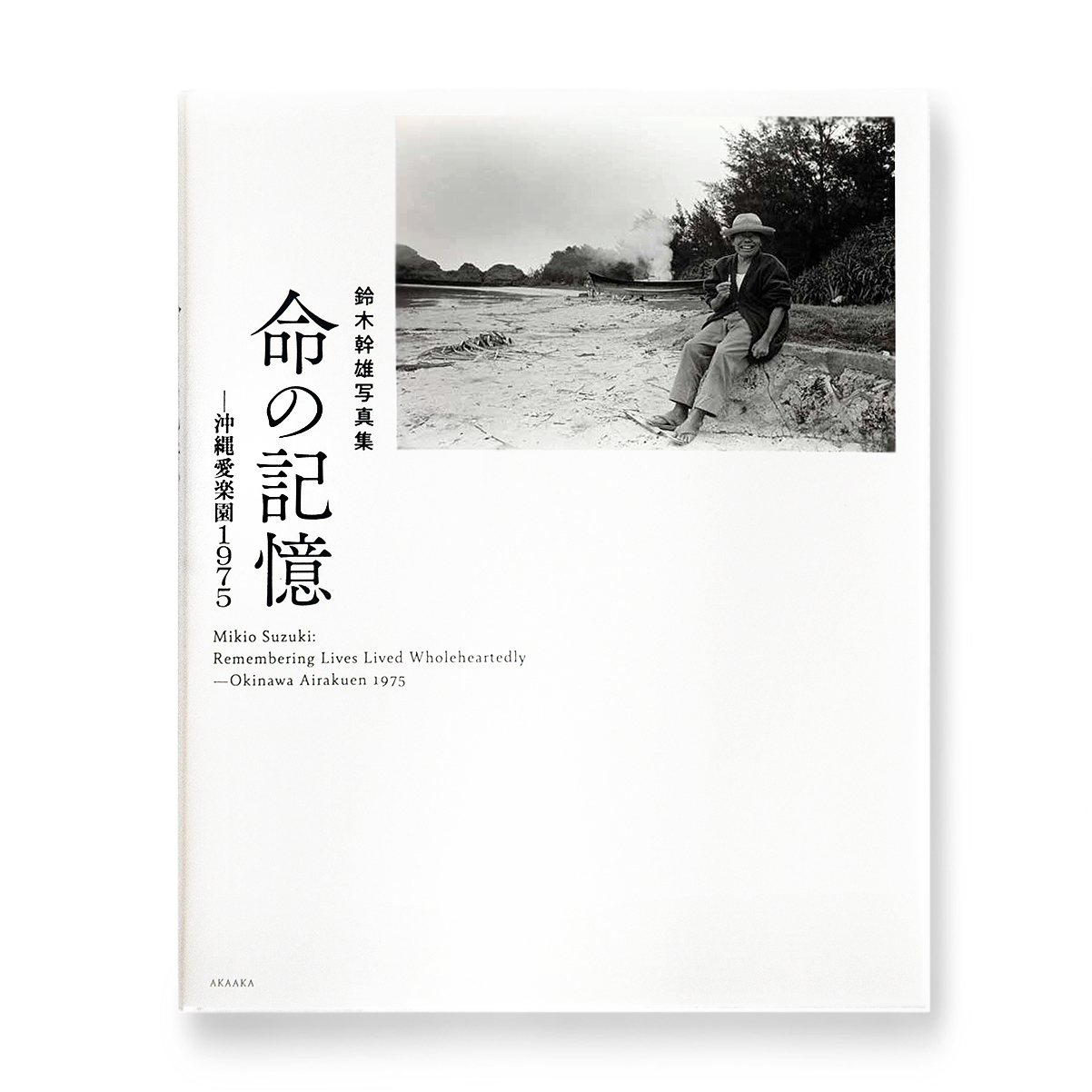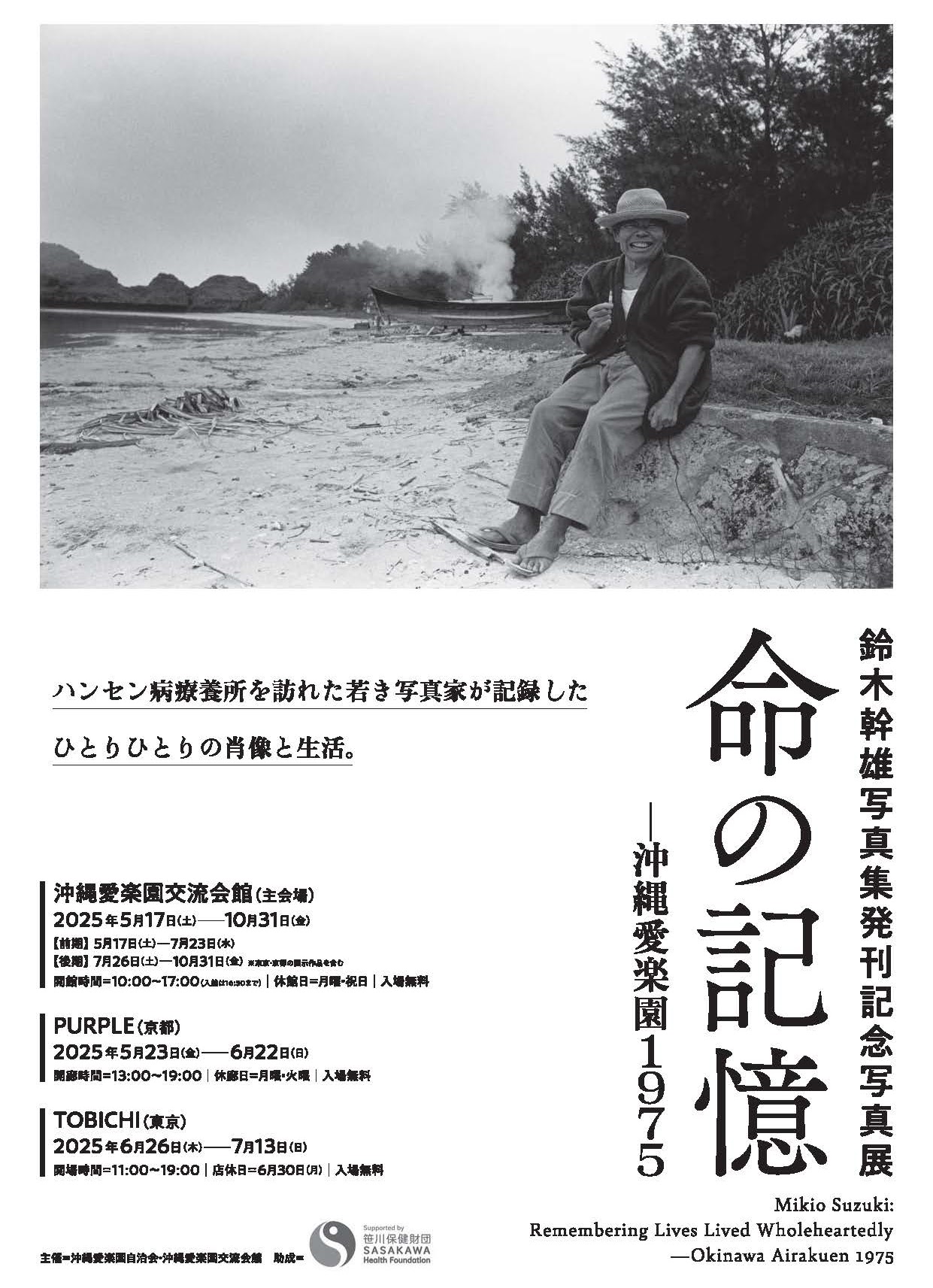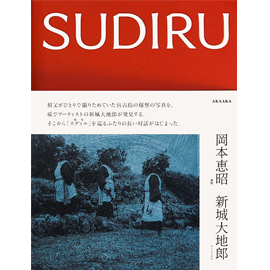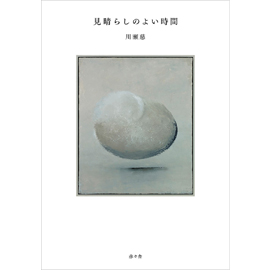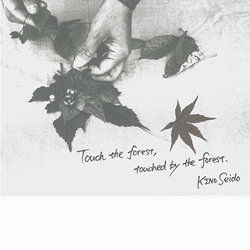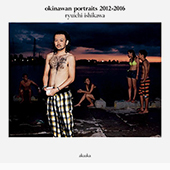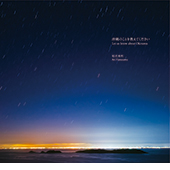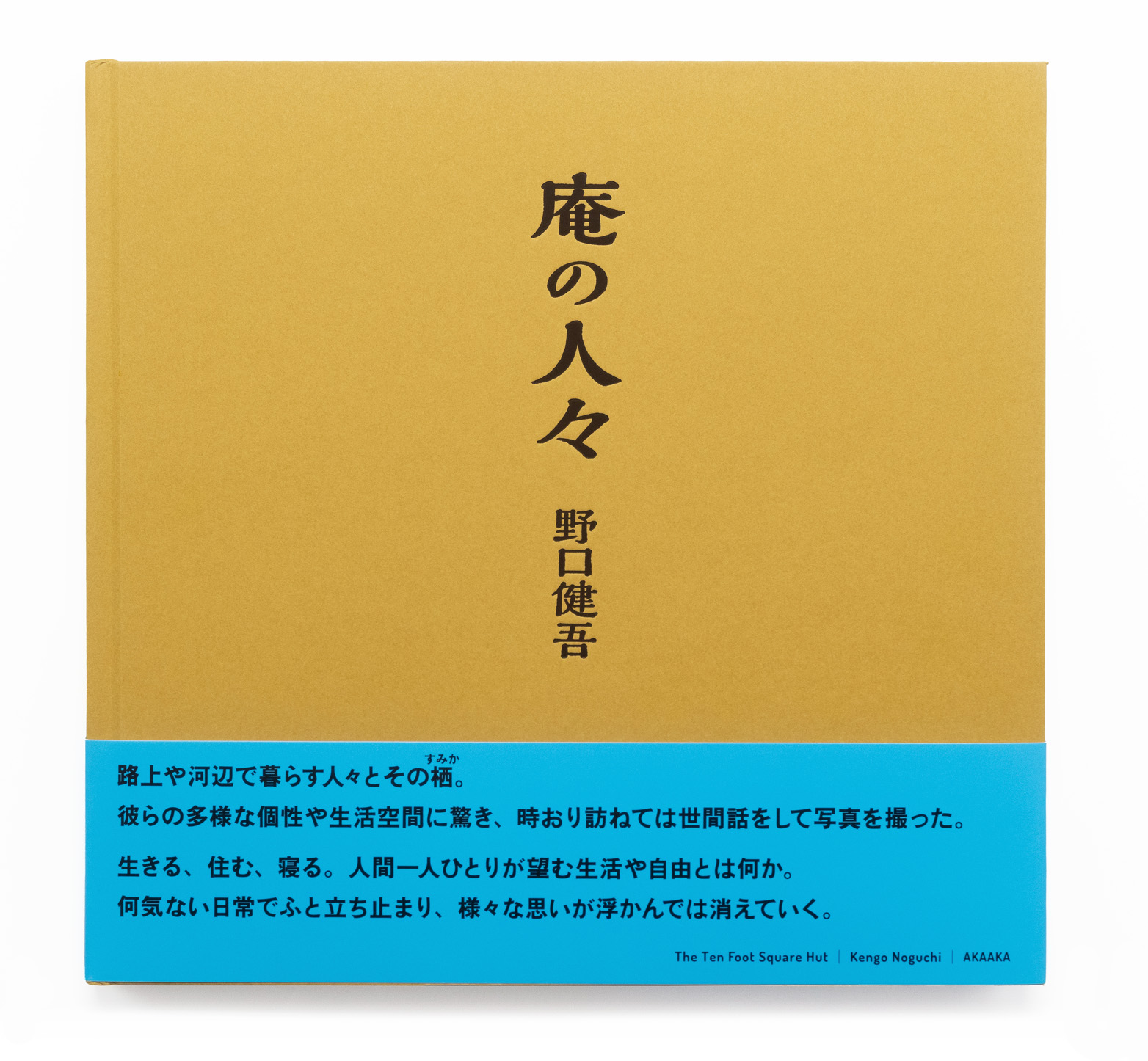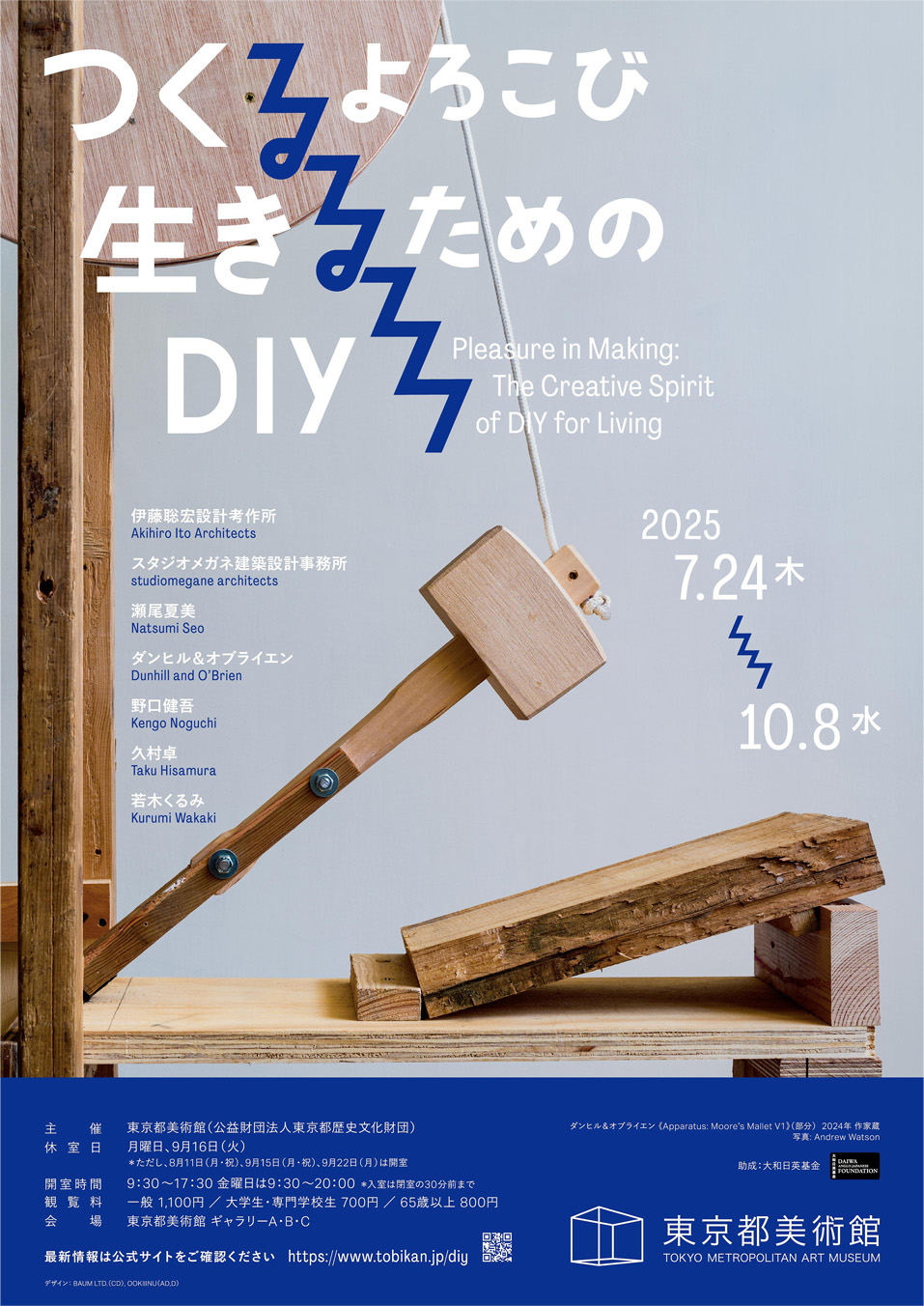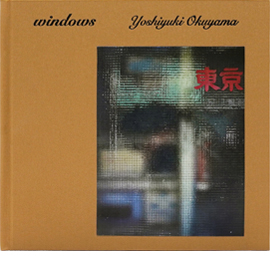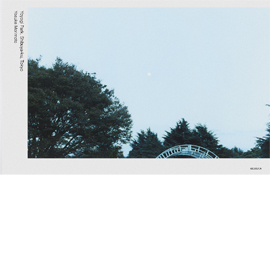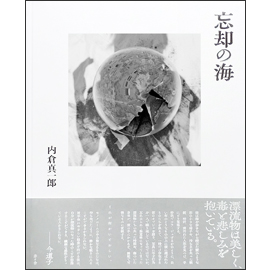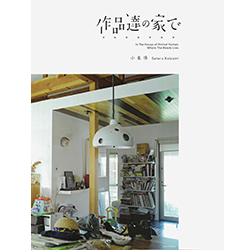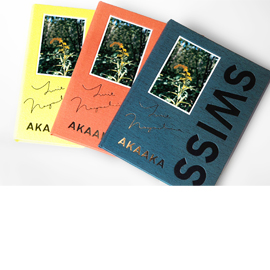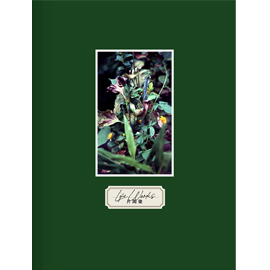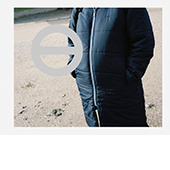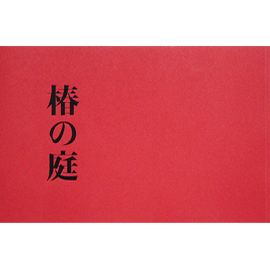
『MORE THAN ONE WORLD New Japanese Photography 50 Years On』
発行:赤々舎 Size: H210mm × W142mm Page:272 pages Binding:Hardcover Bilingual (Japanese and English) Published in June 2025 ISBN:978-4-86541-201-7 |
¥ 3,000+tax
国内送料無料! お支払い方法は、銀行振込、郵便振替、 クレジットカード支払い、PayPal、PayPay よりお選び頂けます。 |
|---|
About Book
ニュー・ジャパニーズ・フォトグラフィーから50年のいま
MORE THAN ONE WORLD
New Japanese Photography 50 Years On
Nearly every major cultural development has been driven by a sustained, almost obsessive passion. Japanese photography today enjoys worldwide recognition not only thanks to the efforts of people like John Szarkowski, Shoji Yamagishi, Sandra Phillips, and Ryuichi Kaneko, but also because of the generations before and after them who have preserved and passed on the necessary spark.
I believe that no matter how much we may strive for objectivity, our perspectives will always be distorted by our biases. But these biases can also be a force for change. Cultural narratives, contexts, and viewpoints are constantly evolving as each generation reexamines the choices and preferences of those who came before. This publication commemorates the fiftieth anniversary of the 1974 exhibition New Japanese Photography at the Museum of Modern Art in New York. It was the first to introduce the work of Japanese photographers to an international audience and is now regarded as a major turning point in the critical reception and study of Japanese photography in the West.
The fifteen texts in this book are based on the exhibitions and symposia that formed the core program of T3 PHOTO FESTIVAL TOKYO 2024. Organized into four chapters, they examine the historical significance of the 1974 exhibition, explore perspectives it did not consider, extend the discussion to broader, global contexts, and finally venture a glimpse into the future.
In 1974, curator John Szarkowski concluded his introduction to the New Japanese Photography catalog by expressing the hope that photographers would "continue to explore the exhilarating possibility that in the arts at least there is after all more than one world." It is my hope that this book will not only serve as a valuable resource for those interested in the current state of Japanese photography, but also spark fresh conversations and ideas and lead us to new worlds not yet explored.
Excerpts from the text "Passing On the Spark"
Ihiro Hayami (Founder of T3 PHOTO FESTIVAL TOKYO)
Contributors:
Ihiro Hayami(Director, T3 PHOTO FESTIVAL TOKYO)
Sandra Phillips(Curator Emerita of Photography, SFMOMA)
Megumu Takashima(Art and performing arts critic)
Susumu Shimonishi(Artist and research associate, Tokyo University of the Arts)
Takanao Seki(Art historian)
Élise Voyau(Postdoctorate teaching fellow, Tokyo University of Foreign Studies)
Marc Feustel(Writer, editor, and curator)
Sayuri Kobayashi(Research associate, National Museum of Modern Art, Tokyo)
Mika Kobayashi(Researcher on photography and gender representations)
Ivan Vartanian(Writer, editor, and publisher)
Diane Dufour(Founder, LE BAL)
Anne Havinga(Curator, Museum of Fine Arts, Boston)
Erin O'Toole(Curator and head of photography, SFMOMA)
Jeehey Kim(Assistant professor, University of Arizona)
Akiyoshi Taniguchi(Director, Kurenboh gallery / Photographer)
Miyuki Endo(Curator, Tokyo Photographic Art Museum)
Bunmei Shirabe(Photography critic and researcher of photography history)
Kiritorimederu(Writer and researcher on digital photography)
Roxana Marcoci(Acting Chief Curator of Photography, MoMA)
Contents
042 「New Japanese Photography」図録より 序文 Chapter 1: 戦後の日本写真 058 サンドラ・フィリップス インタビュー|高嶋慈 068 山岸章二が遺したもの 山岸旧蔵資料の調査から│下西進 082 写真的転回 芸術写真とフォトコンセプチュアリズム以後|関貴尚 096 視点の逆転 日本の文脈からみる「New Japanese Photography」展 エリーズ・ヴォワイヨ
Chapter 2: 偏った視点 114 氷山の一角│マーク・フューステル 130 「New Japanese Photography」展における女性写真家の不在を めぐって│小林紗由里 142 その「男らしさ」はどこから来たの?│小林美香
154 モニュメントとしての印刷媒体 日本写真における展覧会パラドックス アイヴァン・ヴァルタニアン
Chapter 3: 視野を広げる
172 シンポジウム「New Japanese Photography: 50 Years On」 西洋の美術機関から見た日本写真 登壇者:ディアンヌ・デュフール、アン・ハヴィンガ、 サンドラ・フィリップス、エリン・オトゥール、 モデレーター:マーク・フューステル 186 ポストコロニアル時代の韓国写真に見る 文化的ヘゲモニーと冷戦政治 キム・ジヒェ
198 仏教、あるいは東洋思想からの写真へのアプローチ│谷口昌良
210 写真と絵画 19 世紀から現在へ│遠藤みゆき Chapter 4: 過去から未来へ
224 2074年のNEW JAPANESE PHOTOGRAPHY │調文明 236 日本におけるインターネット以降の写真 リアリティからリアリズムへ きりとりめでる 252 我が心の日本 ニューヨーク近代美術館「New Japanese Photography」 展が残したインパクト|ロクサーナ・マルコチ 266 執筆者略歴 |
Chapter 1: Postwar Japanese Photography
063 Interview with Sandra Phillips │Megumu Takashima
076 The Legacy of Shoji Yamagishi from a Survey of His Personal Collection │Susumu Shimonishi 090 The Photographic Turn: Fine Art Photography and Post- Photoconceptualism│Takanao Seki 104 Reversing the Perspective: New Japanese Photography in the Context of Japan │Élise Voyau Chapter 2: Partial View
122 The Tip of the Iceberg │Marc Feustel
136 On the Absence of Female Photographers in New Japanese Photography│Sayuri Kobayashi
148 Where Did This "Masculinity" Come From? │Mika Kobayashi
162 Print Media as Monument: Japanese Photography's Exhibition Paradox│Ivan Vartanian Chapter 3: Expanding the Horizon
180 Symposium - New Japanese Photography: 50 Years On Japanese Photography as Seen by Western Art Institutions Participants: Diane Dufour, Anne Havinga, Sandra Phillips, Erin O'TooleModerator: Marc Feustel
192 Cultural Hegemony and Cold War Politics in Postcolonial Korean Photography|Jeehey Kim
204 Buddhism, or an Approach to Photography from Eastern Thought|Akiyoshi Taniguchi
216 Photography and Painting: From the Nineteenth Century to Today Miyuki Endō Chapter 4: From Hindsight to Foresight
231 New Japanese Photography in the Year 2074 │Bunmei Shirabe
245 Photography After the Internet in Japan: From Reality to Realism Kiritorimederu
259 Japan on My Mind: The Impact of New Japanese Photography at MoMA
|Roxana Marcoci 268 Contributor |
Related Exhibiton
|
T3 PHOTO FESTIVAL TOKYO NEW JAPANESE PHOTOGRAPHY: 50 YEARS ON 会期:2024年10月5日(土)~10月27日(日) 会場:東京・八重洲、日本橋、京橋エリアの屋内、屋外会場 主催:一般社団法人TOKYO INSTITUTE of PHOTOGRAPHY 主管:株式会社シー・エム・エス 企画:T3 PHOTO FESTIVAL TOKYO実行委員会 |
Contributors Information
|
速水惟広 Ihiro Hayami |
写真雑誌『PHaT PHOTO』の編集長やギャラリーディレクターを経て、2017年に「T3 PHOTO FESTIVAL TOKYO」を立ち上げる。2024年に「T3 PHOTO ASIA」アートフェアと「T3 NEW TALENT」育成事業をスタート。写真祭、アートフェア、育成事業からなる国際文化プラットフォーム「T3」のディレクターを務める。
Former editor in chief of photography magazine PHaT PHOTO and gallery director, he established T3 PHOTO FESTIVAL TOKYO in 2017.In 2024, he initiated the T3 PHOTO ASIA art fair and the T3 NEW TALENT mentorship program. He is the director of T3 , an international cultural platform comprising a photography festival, art festival, and mentorship program. |
|
サンドラ・フィリップス Sandra Phillips |
サンフランシスコ近代美術館(SFMOMA)写真部門名誉キュレーター。1987年よりサンフランシスコ近代美術館に勤務。アメリカでは初となる森山大道の個展『Stray Dog』 (2004年)を含め、これまでに数多くの近現代の写真展を手掛け高い評価を受ける。
Curator Emerita of Photography at the San Francisco Museum of Modern Art(SFMOMA). Having joined the museum in 1987, Phillips organized numerous critically acclaimed exhibitions of modern and contemporary photography, including Daido Moriyama's first major exhibition in the US, Stray Dog (2004). |
|
高嶋慈 Megumu Takashima |
美術・舞台芸術批評。京都市立芸術大学芸術資源研究センター研究員。ジェンダーやクィア、歴史の(再)表象などを軸に、現代美術とパフォーミングアーツを横断的に批評する。『百瀬文 口を寄せる Momose Aya: Interpreter』(美術出版社、2023年)に寄稿。
Art and performing arts critic. Researcher at the Archival Research Center, Kyoto City University of Arts.They write about contemporary art and performing arts with a cross-sectional perspective focusing on gender and queer issues and the (re-)presentation of history. They contributed to Momose Aya: Interpreter (Bijutsu Shuppan-sha, 2023). |
|
下西進 Susumu Shimonishi |
美術作家、東京藝術大学研究員。武蔵野美術大学にて師事した山岸享子が2015年に山岸章二・享子旧蔵資料を東京藝術大学に寄贈したことをきっかけに、山岸旧蔵資料の調査、研究を行なっている。
Artist and research associate at Tokyo University of the Arts. During his time at Musashino Art University, he studied under Koko Yamagishi who donated the Shoji and Koko Yamagishi archive to the Tokyo University of the Arts in 2015. He continues to research this Yamagishi archive. |
|
関貴尚 Takanao Seki |
美術史。武蔵野美術大学大学院造形研究科美術専攻修了。主な論考に「イデオロギーとの別れ─T・J・クラーク「グレイ・パニック」を手がかりに」(『ユリイカ』、青土社、2022年6月号)などがある。
Art historian. Graduated from the Graduate School of Art and Design, Musashino Art University. Major essays include "Farewell to Ideology: T. J. Clark 'Gray Panic' as a Guide" (Eureka, Seidosha, June 2022). |
|
エリーズ・ヴォワイヨ Élise Voyau |
東京外国語大学世界言語社会教育センター特任講師。パリの国立東洋言語文化学院(イナルコ)博士課程終了。博士課程在籍時に、東京大学と早稲田大学で研究活動をおこなう。ワークショップ写真学校に関する博士論文が渋沢・クローデル賞などを受賞。
Postdoctorate teaching fellow at Tokyo University of Foreign Studies.After completing research stays at the University of Tokyo and Waseda University, she obtained her PhD from Inalco in Paris. Her thesis on Workshop Shashin Gakkō (Workshop school of photography) received multiple awards including the Shibusawa-Claudel Prize. |
|
マーク・フューステル Marc Feustel |
パリを拠点とするライター、エディター、キュレーター。日本写真のスペシャリストとして、最近は川内倫子や鷹野隆大のモノグラフにも寄稿している。フォトフェスティバルやイベント等での講演も多く、2019年からはパリ・フォトにおけるアーティスト・トークのホストの一人。
Paris-based independent writer, editor, and curator. A specialist in Japanese photography, he has recently contributed to monographs by Rinko Kawauchi and Ryudai Takano. A regular speaker and jury member at photography festivals and events, he has co-hosted the Artist Talks at Paris Photo since 2019. |
|
小林紗由里 Sayuri Kobayashi |
東京大学大学院総合文化研究科修士課程修了。東京国立近代美術館研究員。論文に「女性写真家の不在をめぐって─『New Japanese Photography』展における議論の再考」(『東京国立近代美術館研究紀要』第27号、2023年)など。
Completed the Master's Program at the Graduate School of Arts and Sciences, University of Tokyo. Assistant Curator at the National Museum of Modern Art, Tokyo. Her essays include "On the Absence of Female Photographers: Reconsidering the Response to the New Japanese Photography Exhibition" (Bulletin of the National Museum of Modern Art, no. 27, 2023). |
|
小林美香 Mika Kobayashi |
写真・ジェンダー表象研究。国内外の学校/機関、企業で写真やジェンダー表象に関するレクチャー、ワークショップ、研修講座、展覧会を企画、雑誌やウェブメディアに寄稿するなど執筆や翻訳に取り組む。近著に『ジェンダー目線の広告観察』(現代書館、2023年)。
Researcher on photography and gender representations. They organize lectures, workshops, training courses, and exhibitions at various schools/institutions and companies both in Japan and abroad, while writing and translating for magazines and online media. Their most recent publication is Jendaa mesen no kokoku kansatsu (Viewing advertising from gender perspectives) (Gendai Shokan, 2023 ). |
|
アイヴァン・ヴァルタニアン Ivan Vartanian |
日本の写真に関して30年近い経験を持つ文筆家、編集者、出版人。主な著書に『Setting Sun: Writings by Japanese Photographers』 (アパチャー、2006年) 、 『Japanese Photobooks of the 1960 s and '70s』 (アパチャー、2009 年)、『Japanese Photography Magazines: 1880s to 1980s』 (ゴリーガブックス、2023年) 。アジアン・カルチュラル・カウンシル 2022フェロー
Writer, editor, and publisher with close to 30 years of expertise on Japanese photography. His major publications include Setting Sun: Writings by Japanese Photographers (Aperture, 2006 ), Japanese Photobooks of the 1960 s and '70 s (Aperture,2009), and Japanese Photography Magazines: 1880 s to 1980 s (Goliga Books, 2023 ). |
|
ディアンヌ・デュフール Diane Dufour |
パリ「LE BAL」の創立者、共同ディレクター。写真、映像、映画や新しいメディアを含む現代ビジュアル言語に焦点を当てる展示、出版、創造と教育のためのインディペンデントプラットフォーム。
Founder and co-director of LE BAL in Paris,an independent platform for exhibitions,publications, ideas, and education, focusing on contemporary visual language in photography, video, film, and new media. |
|
アン・ハヴィンガ Anne Havinga |
ボストン美術館エストレリータ&ユースフ・カルシュ写真講座主任。1989年からボストン美術館に勤務し、2001年からは写真コレクションとプログラムを率いる。日本美術シニア・キュレーターのアン・西村・モースと共に、日本の写真を収集する計画を策定した。
Estrellita and Yousuf Karsh Chair of Photography at the Museum of Fine Arts, Boston. Having joined the museum in 1989 , she has led the MFA's Photography collection and program since 2001. Together with the MFA's Senior Curator of Japanese Art, Anne Nishimura Morse, she developed a strategic plan to collect Japanese photography. |
|
エリン・オトゥール Erin O'Toole |
SFMOMA のキュレーター兼写真部長。2007年から美術館でのキャリアをスタートさせた。専門は戦後アメリカの写真で、特にカリフォルニアで制作された作品に重点を置いている。日本の写真にも造詣が深く、杉浦邦枝の回顧展を2025年4月にSFMOMAで開催。
Curator and head of photography at SFMOMA where she began her museum career in 2007. Specialized in postwar American photography, with an emphasis on work made in California, she is also deeply interested in Japanese photography and is organizing a Kunié Sugiura retrospective, opening at SFMOMA in April 2025. |
|
キム・ジヒェ Jeehey Kim |
アリゾナ大学助教授。ニューヨーク市立大学大学院にて美術史の博士号を取得。韓国の写真、冷戦における映像文化、ジェンダー間の政治闘争について研究を行う。2022年にアジアの写真に関するシンポジウムを開催し、現在は東アジアの葬式に用いる肖像写真について執筆中。初著書に『Photography and Korea』。
Jeehey Kim, an assistant professor at the University of Arizona, holds a PhD in Art History from CUNY. She researches Korean photography, Cold War visual culture, and gender politics. She launched symposia on Asian photography in 2022 and is working on a book about funerary portrait photography in East Asia. Her first book is Photography and Korea. |
|
谷口昌良 Akiyoshi Taniguchi |
1960年東京生まれ寺に育つ。18歳で渡米。ニューヨークにてSchool of Visual Artsを通じ、レオ・ルビンファインに師事。10年間在住し、現代美術、写真、仏教を学ぶ。現在、長応院住職、寺に空蓮房ギャラリー創建、主宰。写真家。
Born in Tokyo in 1960 and raised in a Buddhist temple. Moved to the United States at the age of 18 and studied under Leo Rubinfien at the School of Visual Arts (SVA) in New York. For a decade, he immersed himself in contemporary art, photography, and Buddhism. He is now the head priest of Chohouin Temple, director of Kurenboh gallery, and a photographer. |
|
遠藤みゆき Miyuki Endō |
東京都写真美術館学芸員。2015年から2019年にかけて映像部門学芸員、2020年より写真部門学芸員として勤務。初期写真史・映像史から現代美術まで、写真的なイメージと支持体となるメディアや装置の関係について探求している。
Curator at Tokyo Photographic Art Museum, first in the Moving Image department (2015 -19 ) and then in the Photography department since 2020. From the early days of photography and moving images to contemporary art, she explores the relationship between the photographic image and media or devices that act as its platform. |
|
調文明 Bunmei Shirabe |
写真批評/写真史研究。立教大学ほか非常勤講師。『ハーパーズ・バザー』、『STUDIOVOICE』、『装苑』などの雑誌に寄稿。T3 PHOTO FESTIVAL TOKYO 2023ゲストキュレーター。写真表現の校閲室「調エル」を主宰。
Photography critic and researcher of photography history. A part-time instructor at Rikkyo University and elsewhere, he contributes to magazines including Harper's Bazaar, Studio Voice, and So-en. Guest curator for T3 PHOTO FESTIVAL TOKYO 2023, he is also the head of Totonoeru, an editing service for photographic expression. |
|
きりとりめでる Kiritorimederu |
デジタル写真論の視点を中心に研究、企画、執筆を行なっている。著書に『インスタグラムと現代視覚文化論』 (共編著、BNN 新社、2018)がある。2022年に「T3 PHOTO FESTIVAL TOKYO 2022」のゲストキュレーターを務めた。AICA会員。
Kiritorimederu writes about and researches theories of digital photography. Her books include Insutaguramu to gendai shikaku bunka ron (A theory of Instagram and contemporary visual culture) (Co-authored,BNN Shinsha, 2018 ). She was a guest curator of T3 PHOTO FESTIVAL TOKYO 2022 and is a member of AICA. |
|
ロクサーナ・マルコチ Roxana Marcoci |
ニューヨーク近代美術館(MoMA)写真部門チーフ・キュレーター代理。「LaToya Ruby Frazier」(2024年)、「An-My Lê」(2023年)、「Wolfgang Tillmans」(2022年)など、近年の主な展覧会の企画を行う。MoMAの現代写真フォーラムの共同創設者であり、また、C-MAPの東南アジアと東アジアの研究グループで共同議長を務める。
Acting Chief Curator of Photography at the Museum of Modern Art (MoMA), New York, where she has curated major recent exhibitions of the work of LaToya Ruby Frazier (2024 ), An-My Lê (2023 ), and Wolfgang Tillmans (2022 ). She is the co-founder of MoMA's Forums on Contemporary Photography, and co-chair of C-MAP's Southeast and East Asia groups. |
Related Items
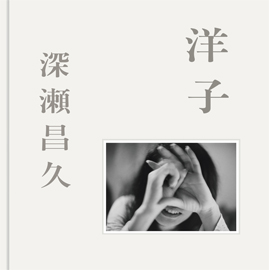
|
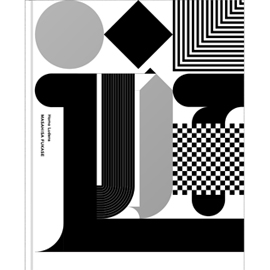
|
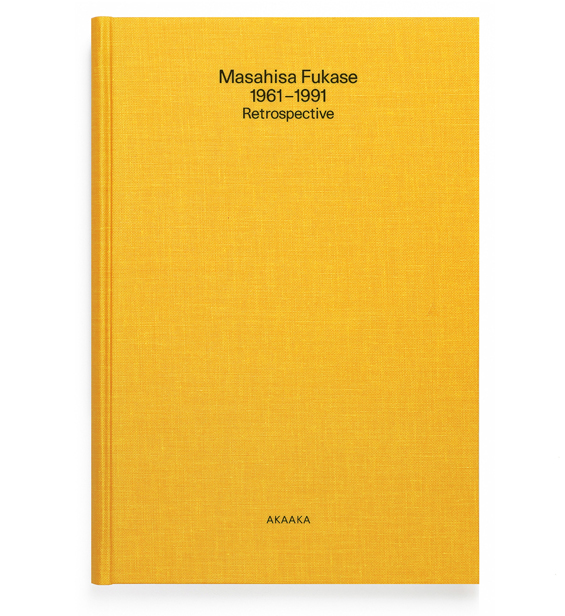
|
|
|---|
|
|
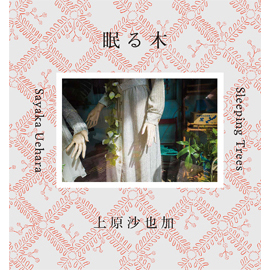 |
|---|

|
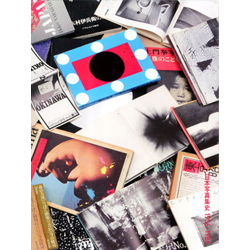
|
|---|



